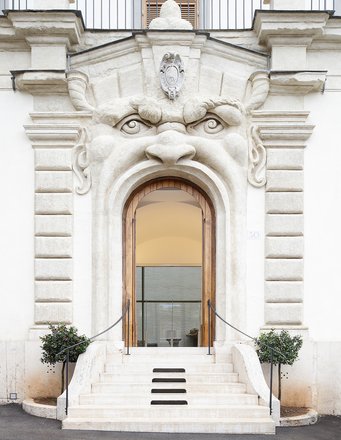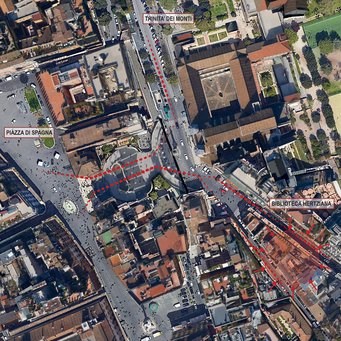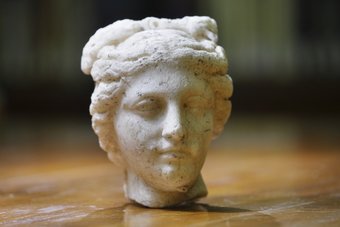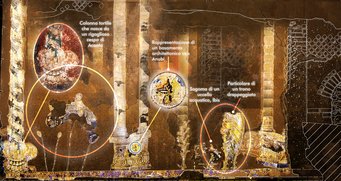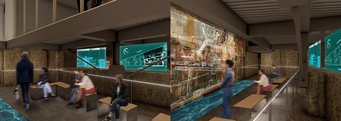Unearthing Ancient Rome’s Garden Culture
The Nymphaeum of Lucullus at the Bibliotheca Hertziana – Max Planck Institute for Art History
A call for patronage
The Max Planck Institute for Art History in Rome rests atop an archeological treasure. Sponsorship could make it accessible to the public.
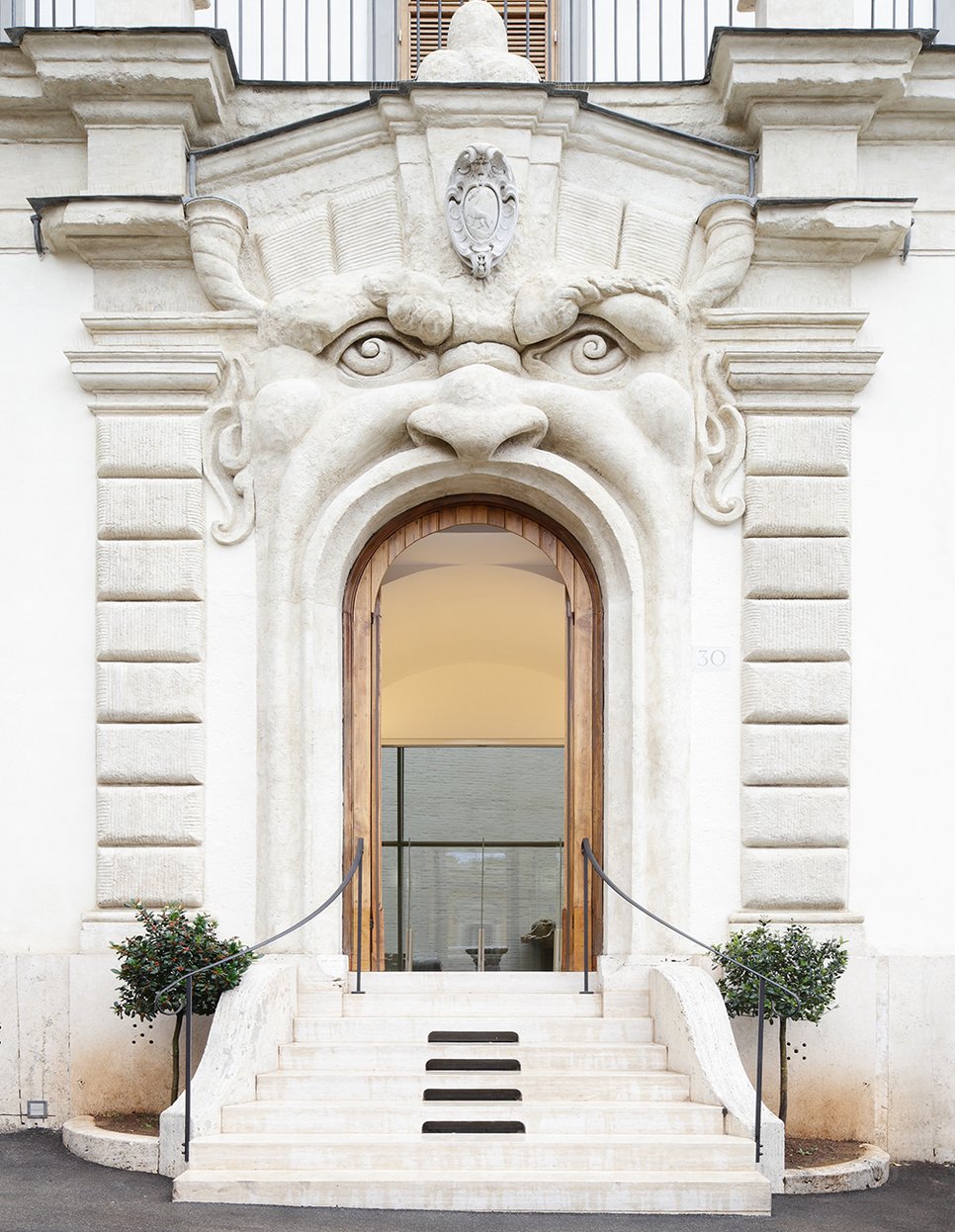
More than a century ago, Henriette Hertz, a visionary patron of the arts and sciences, established the Bibliotheca Hertziana as a world-renowned research institute for the history of art. Today, it belongs to the Max Planck Society, Germany’s leading science organization. The Bibliotheca Hertziana began its activities in the historical home of the Renaissance painter Federico Zuccaro. He envisioned his palace to serve both as an academy and a residence for aspiring young artists from Italy and abroad.
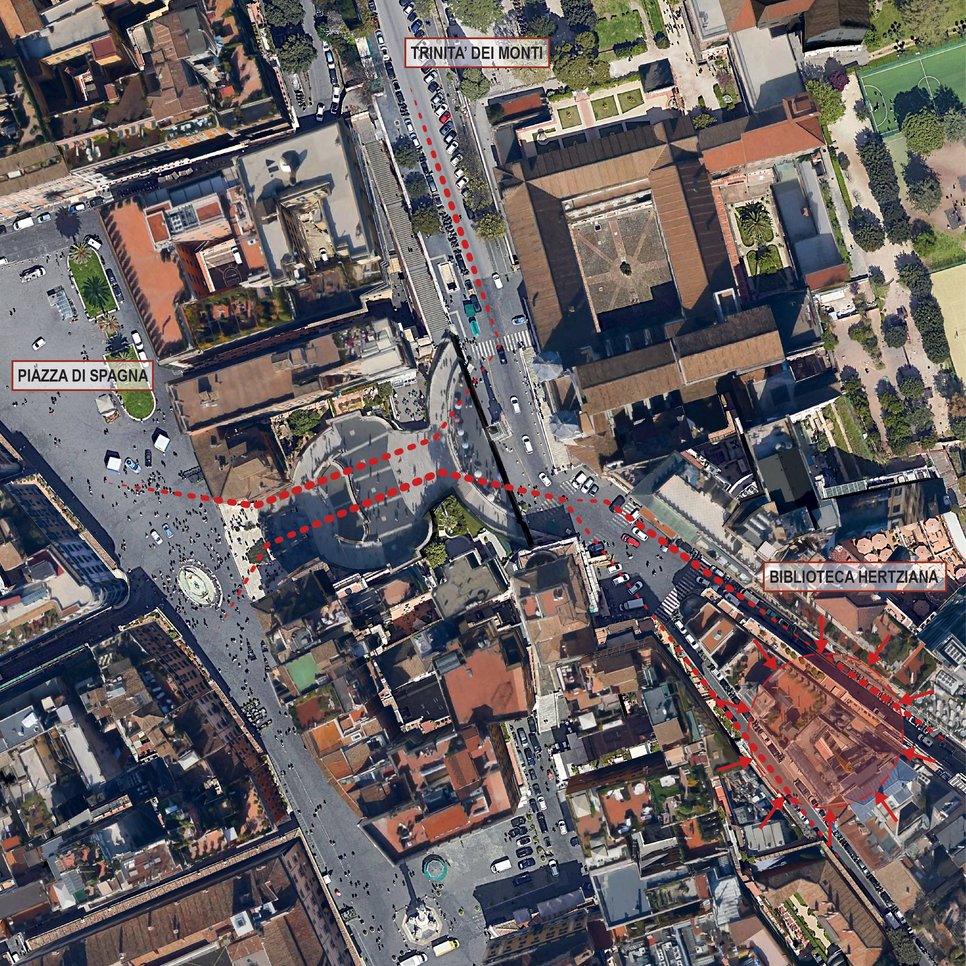
Perched on the Pincian Hill and looking down on the Eternal City from the Spanish Steps, the Bibliotheca Hertziana has supported generations of young art historians from around the world. This vibrant institute quickly outgrew its original premises. A decade ago, thanks to public and private funding, the Spanish architect Juan Navarro Baldeweg extended the library with a gem of contemporary architecture.
During construction, remarkable remains of an antique nymphaeum were unearthed ten meters underground. This lavishly adorned structure had been created for the enjoyment of water sourced from the Aqua Virgo. This aqueduct still supplies many of the old town’s landmarks, including the Trevi Fountain.
The Bibliotheca Hertziana’s nymphaeum was a part of vast luxurious gardens. These were commissioned by Lucullus, the celebrated general, statesman, and patron of the arts and sciences, in the first century BCE. The historian Plutarch lauded them as among the most magnificent. The nymphaeum of Lucullus underwent multiple embellishments and adjustments until the close of the first century CE. Today, the site harbors reticulated walls, a massive brick exedra, grotto-like niches once flanking an alley, a hydraulic system formerly feeding a majestic marble-lined fish basin, and clay vessels cradling garden plants that botanists were able to identify.
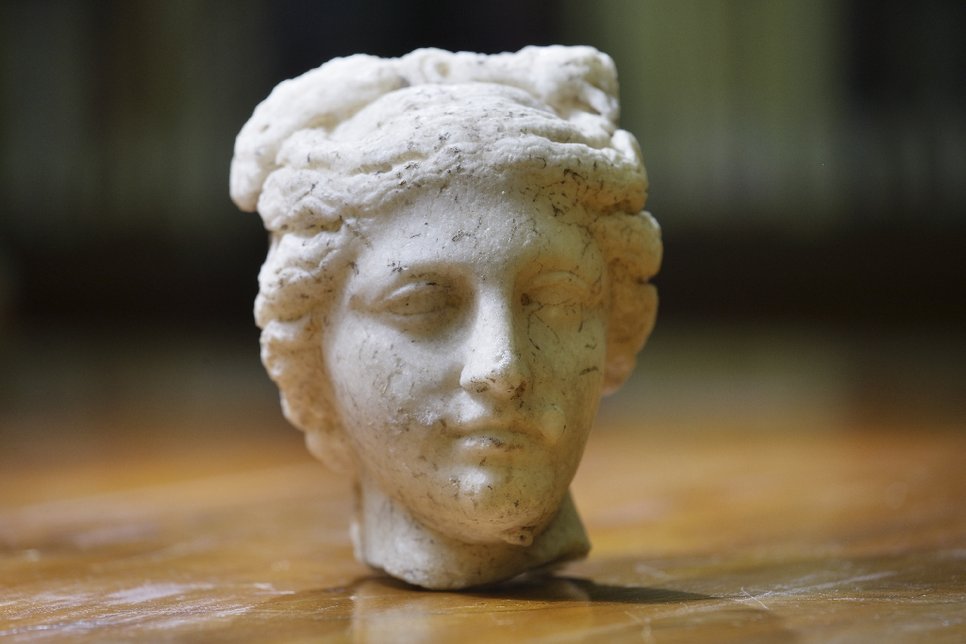
The site also reveals a wealth of art: a red wall adorned with frescos of plants and animals, fragments of marble sculptures, architectural elements, and most notably, a lengthy wall covered with mosaics inspired by the idyllic landscapes of the Nile. The mosaics simulate architectural shrines framing the niches, perspectival pairs of columns next to standing figures, twisted columns, lotus flowers, ibises, cupids, and the god Anubis. Remarkably, their gold-leaf glass tiles stand out as the earliest-known examples to date.
These precious remnants provide a vivid impression of the magnificent, refined, and Orientalized villa and garden culture of Rome at the turn of the millennium.
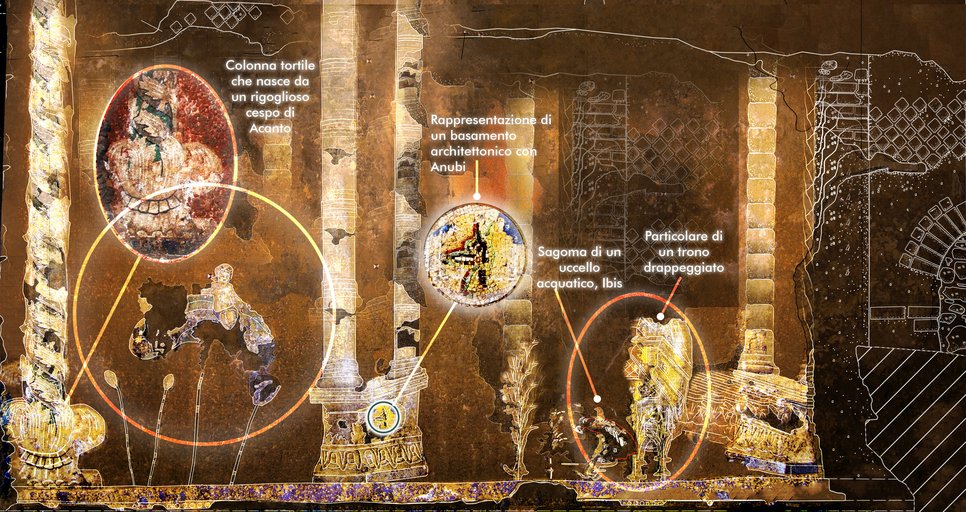
With engineering prowess echoing the long-lost terraced gardens of Lucullus, the new open floors of the Bibliotheca Hertziana hover above this significant archeological excavation, which has, until now, remained inaccessible to the public.
In response to persistent requests for access, the Max Planck Institute aims to share this unique heritage with local and international visitors. The Cultural Heritage Office of Rome welcomes this endeavor, and the German Archaeological Institute has agreed to contribute with its first-rate scientific expertise.
Studio Da Gai, which was entrusted with executing Baldeweg’s library above the nymphaeum, has crafted a design proposal for access and display infrastructure. This will offer visitors a safe and immersive experience of the nymphaeum.
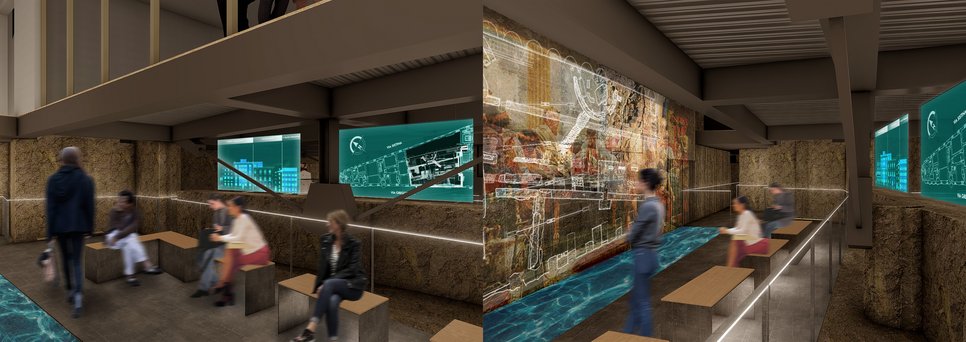
Unlocking the full potential of this archaeological treasure requires a collective effort and can only be realized with private funding. The Bibliotheca Hertziana is actively seeking a patron of the arts and sciences who, in the spirit of Lucullus, Zuccaro, Hertz, and the recent sponsors of the library, can support this ambitious venture. By providing support for scientific research, restoration, access platforms, display facilities, and public outreach, the sponsorship will play a pivotal role in bringing the nymphaeum of Lucullus back to light.
Sponsorship will allow this treasure to be shared with the broader community, offering a deeper experience and comprehension of how Romans imagined and enjoyed nature in the capital of the ancient world two thousand years ago.
For further inquiry please contact
Prof. Dr. Tristan Weddigen
Director
Bibliotheca Hertziana – Max Planck Institute for Art History
Via Gregoriana 28
00187 Rome
